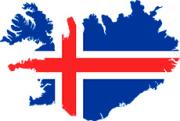
Category:
Time:
Dairy ingredients are broadly employed in food formulations, not only because of their beneficial nutritional attributes, but for their ability to assist in the development of multiphase structures in foods. In particular, dairy proteins form the building blocks of structure in many well-known foods. Their replacement in a formulation with other proteins often presents a challenge. In the past decade, many advances have been made in the basic, mechanistic understanding of the behaviour of dairy proteins in different environments and during processing, and it is now evident that control of the preliminary stages of structure formation is critical for optimal food structure design.
We are now at the crossroads: we need to learn how to build complex food structures, bottom up, with the knowledge we have acquired in model systems. The technological functionality of dairy ingredients does not only change because of the processing history and composition, but also their environmental conditions and the presence of other components that can interact during processing. Hence, building structures from the nano to the macro-scale, is a challenge when looking at protein – polysaccharide interactions, emulsions and interfaces, and in high concentration systems such as gels, concentrates, or new food concepts containing novel proteins. Better analytical approaches are needed to be able to study these systems dynamics, in situ, and under realistic conditions. We will then be able to truly understand structure function relationships of dairy ingredients in mixed systems.

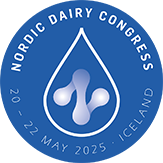













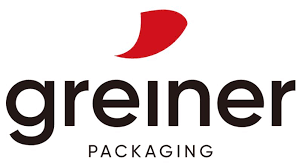
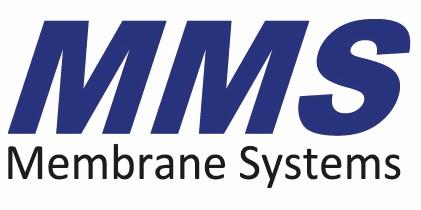



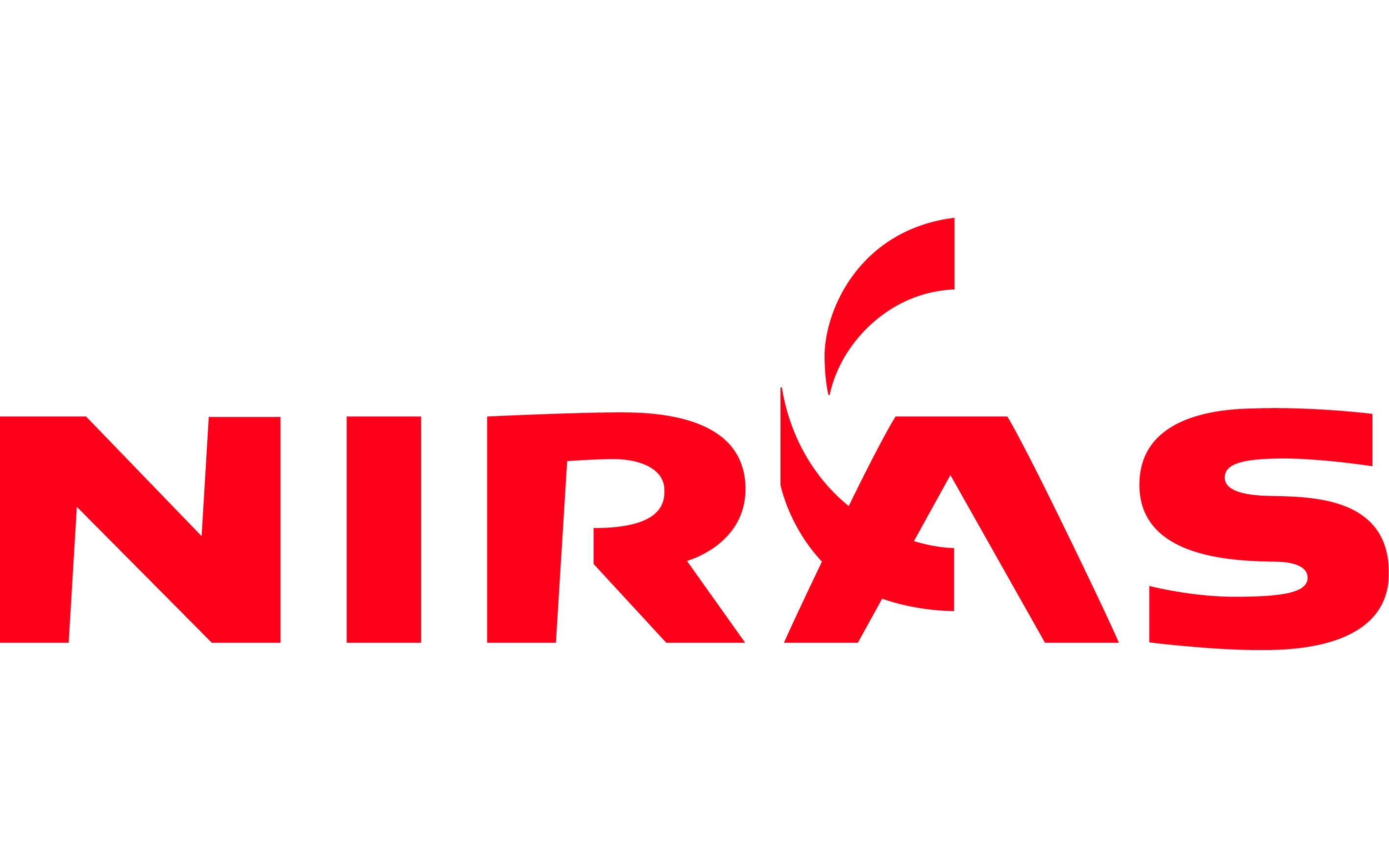












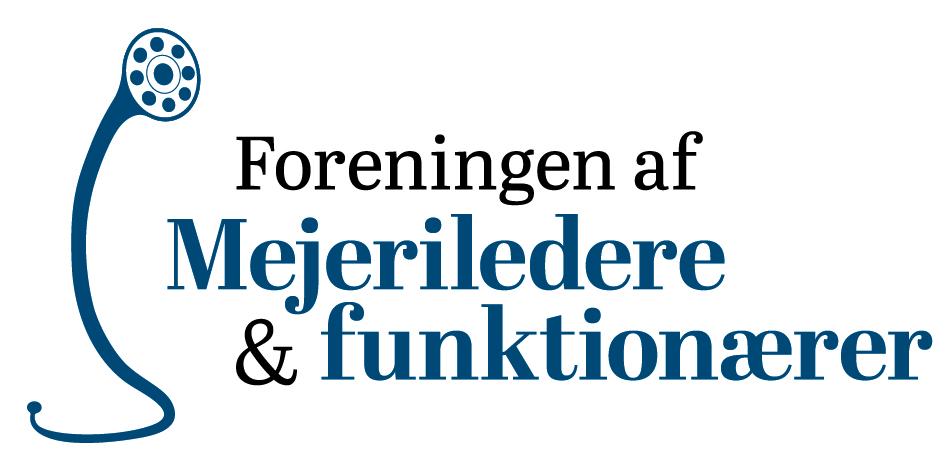



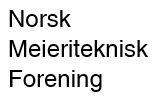
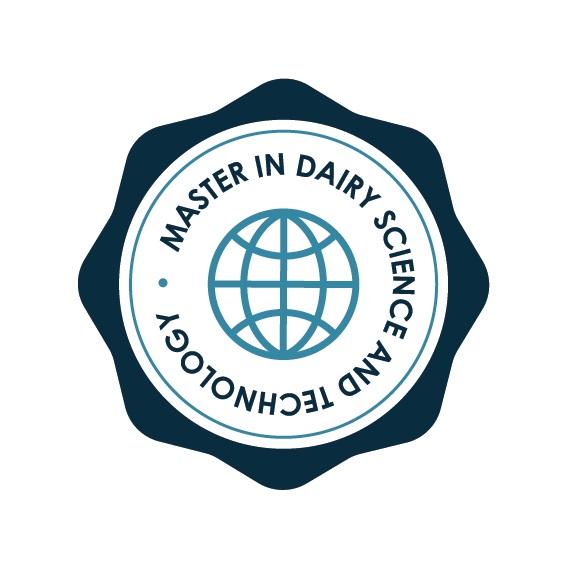


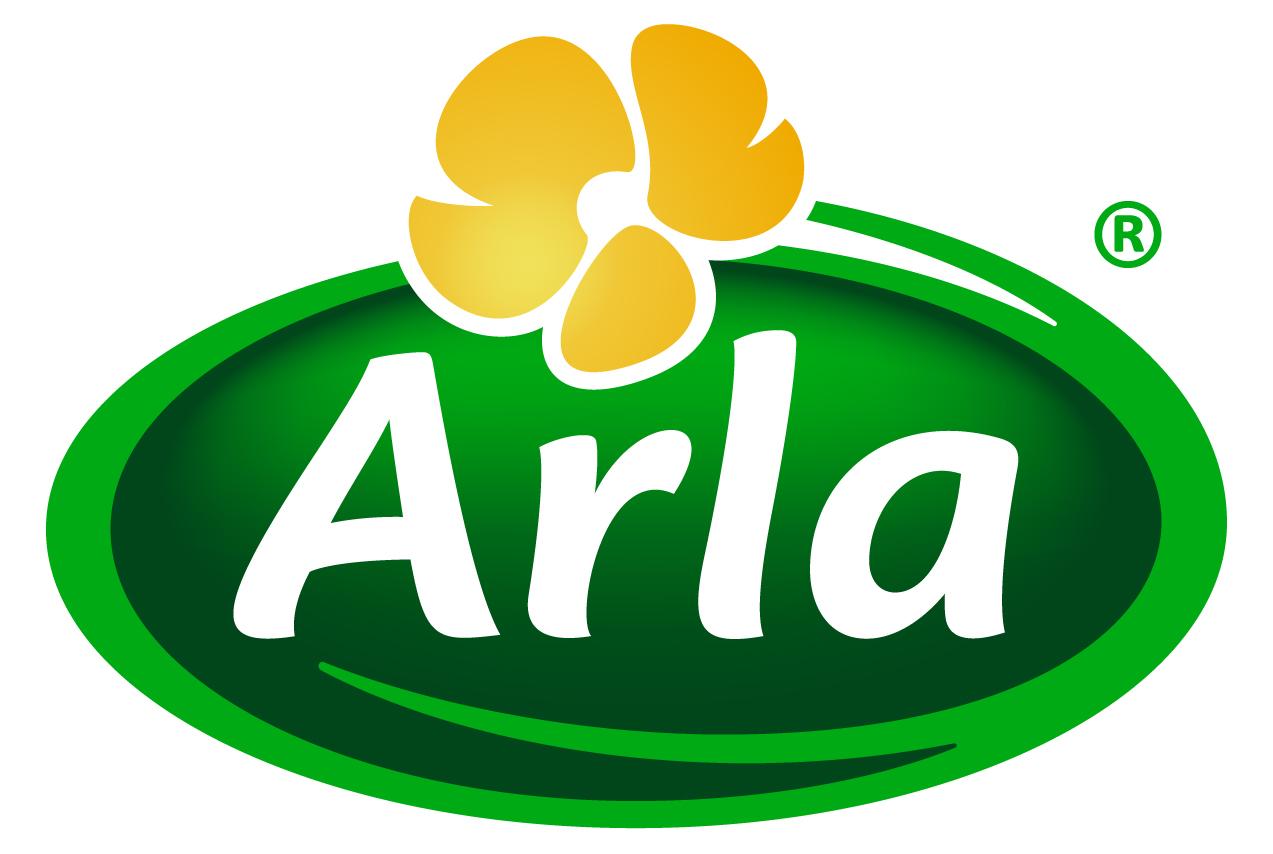

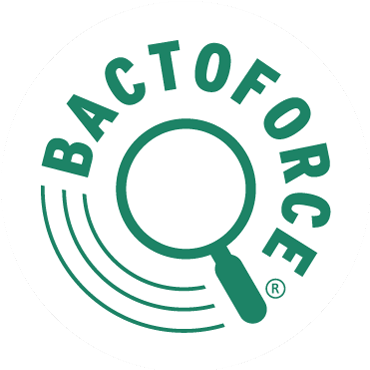

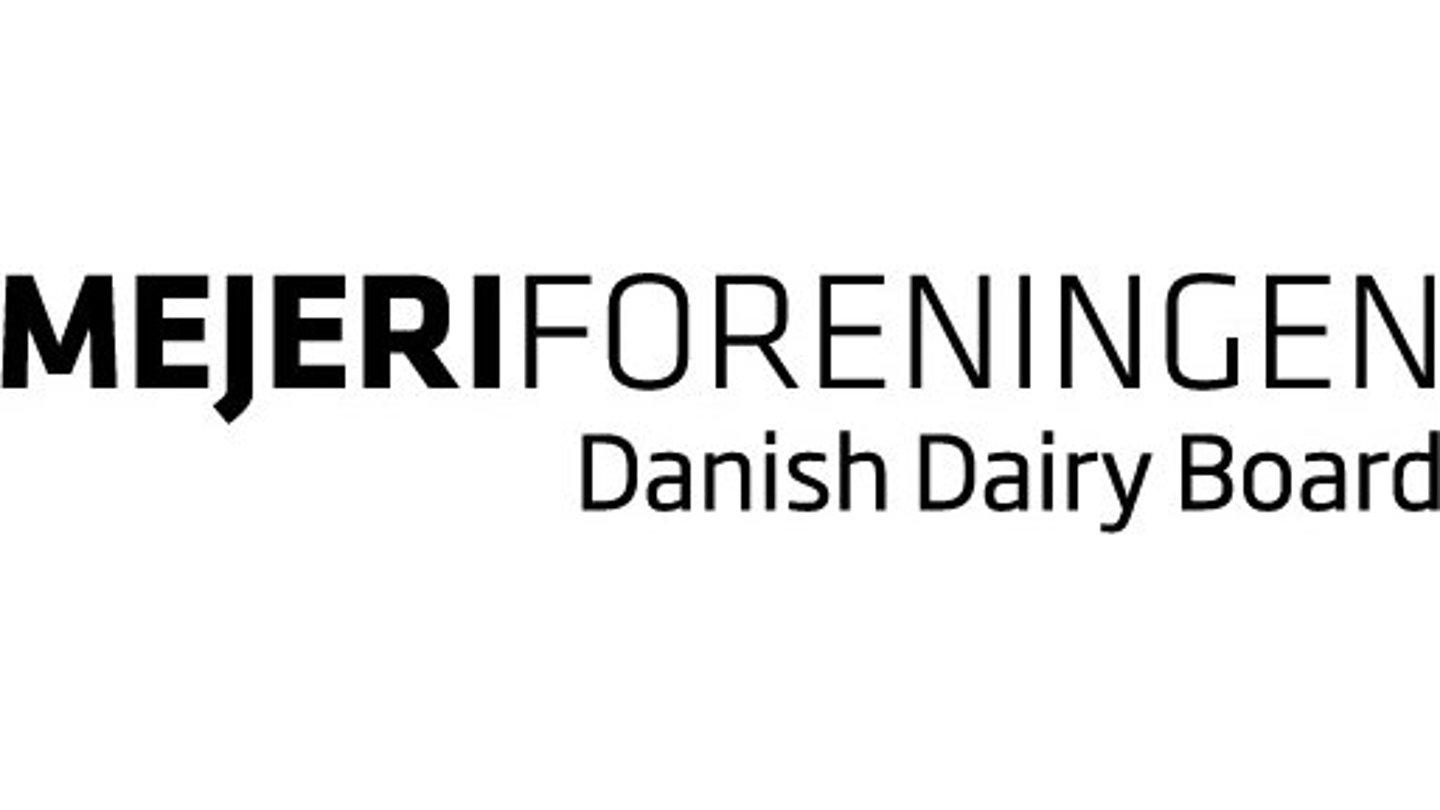
 Munkehatten 28
Munkehatten 28